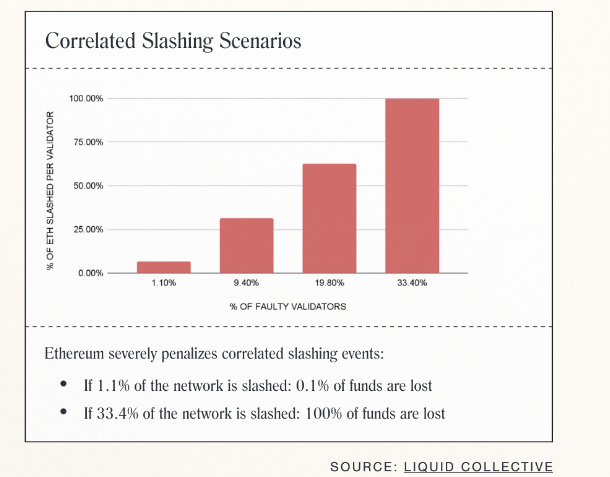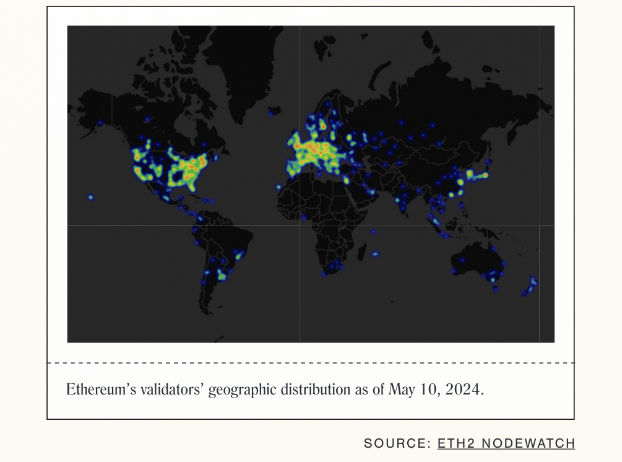As Ethereum prepares to upgrade Pectra in early 2025, a recent research report published by Ethereum revealed

As Ethereum prepares for its Pectra upgrade in early 2025, a recent research report published by Liquid Collective and Obol revealed several associated risks.
The report highlights the importance of customer, carrier and cloud diversity, as well as concerns over limited adoption of distributed verification technology (DVT).
Speaking to Cointelegraph, Matt Lessinger, Chief Product Officer at Alluvial, a software development company that supports Liquid Collective, said:
“Our recent relationship with Obol highlights the growing importance of addressing the risks associated with staking on Ethereum and protocol-level sanctions.”
Cointelegraph reached out to the Ethereum Foundation but did not receive a response prior to publication.
about: Vitalik Buterin endorses TiTok AI technology to store on-chain images
Customer and operator risks
Regarding consensus and execution clients, the report warns that “a significant error in the dominant client” could lead to “a significant reduction in penalties and network instability.”
As a core part of Ethereum’s consensus mechanism, staking via a single node operator can expose staking assets to downtime and reduce risk.

Regarding storage, the report warns that “operator diversity is essential to maintaining network health and avoiding single points of failure.”
Lessinger reinforced this statement in the report, telling Cointelegraph:
“Every stakeholder and service provider must rigorously evaluate connectivity, diversity and risk mitigation to prevent potential risks, even from trusted node operators. »
about: Ethereum ETFs Could Start Trading by July 2 – Bloomberg Analyst
Diversity issues in the cloud
The report also critically addresses the need for broad geographic distribution for auditors and cloud providers, highlighting “recent service outages, such as those at Hetzner and AWS.”
He explained that the incidence of TVP can greatly support this strategy, improving “the flexibility of the auditor by reducing associated risks”.

Lessinger added:
“For long-term resilience and enterprise adoption, it is important that staking configurations prioritize diversity of node operators and validators.”
about: Traders: Ethereum is “the most bullish Altcoin” as ETH reclaims $3.5K
Promotion of bacteria
The upcoming Ethereum Pectra upgrade combines the Bragg and Electra upgrades, focusing on changes to the network implementation and consensus layers respectively.
Petra is expected to launch in Q1 2025 and includes Ethereum Improvement Proposal (EIP)-7251.
According to the report, “The Pectra upgrade will allow staking providers to consolidate their stake in a smaller number of validators by increasing the maximum effective balance to 2,048 ETH.”
Changing the stake limit will reduce the number of validators required and relieve pressure on the Ethereum communication layer.
review: Musk Vows to Ban Apple, Greenpeace Demands Proof of Stake in Bitcoin and Other News: Hodler’s Digest, June 9-15